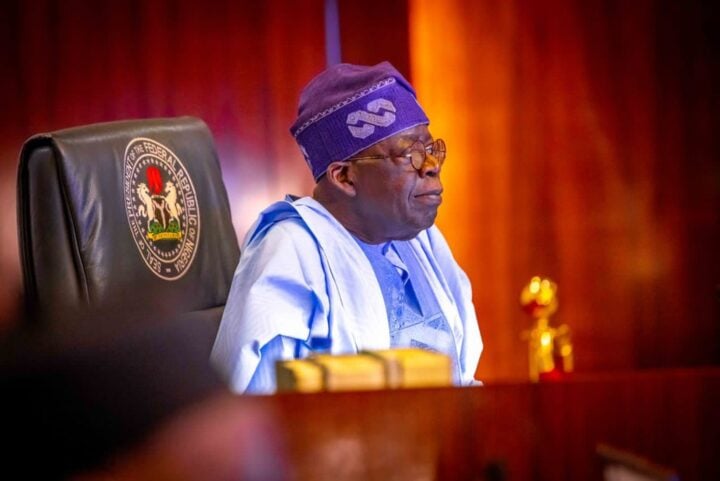The Debt Management Office (DMO) says Nigeria’s debt service-to-revenue ratio in 2023 stands at 73.5 percent, describing the figure as unsustainable and a threat.
This is contained in DMO’s recent report, titled, ‘Market Access Country-Debt Sustainability Analysis (MAC-DSA)’ for 2022.
The MAC-DSA is a template used to analyse debt levels to determine future debt sustainability.
The debt agency said the results of last year’s MAC-DSA showed that the total public debt-to-GDP ratio was projected to jump to 37.1 percent in 2023, relative to 23.4 percent as at September 2022.
Advertisement
The proposed increment, according to the agency, was due to the inclusion of the N8.80 trillion new borrowings for the year 2023, and the ways and means advances at the Central Bank of Nigeria (CBN) of over N23 trillion.
The report also listed promissory notes issuance of N2.87 trillion in the debt stock under the baseline scenario.
“The country’s debt stock remains sustainable under these criteria, space has been reduced when compared to Nigeria’s self-imposed debt limit of 40 percent set in the medium-term debt management strategy (MTDS), 2020-2023,” the DMO said.
Advertisement
“On the other hand, the debt service-to-revenue ratio at 73.5 percent in 2023 exceeds the recommended threshold of 50 percent due to low revenue, which means that there is a need to significantly increase government revenue.
“Under the alternative scenario, the total public debt-to-GDP ratio at 45.4 percent in 2023 exceeds Nigeria’s self-imposed debt limit of 40 percent. “
Given the outcome of the MAC-DSA report, the DMO called for moderation in new borrowings.
“The baseline analysis projects total public debt-to-GDP ratio at 37.1 percent for 2023, indicating a borrowing space of 2.9 percent (equivalent of about N14.66 trillion) when compared to the self-imposed limit of 40 percent.” the debt agency added.
Advertisement
“But it is recommended that this should not be used as a basis for higher levels of borrowing as was the case in the 2023 budget.
“This is because the outcome of the shock scenario, which is more realistic in the circumstances, exceeded the self-imposed limit.”
‘A SUSTAINABLE DEBT SERVICE-TO-GDP RATIO REQUIRES N15.5 TRILLION’
According to the DMO, the high debt-servicing ratio means that the revenue profile cannot support higher levels of borrowing.
Advertisement
“Attaining a sustainable FGN debt service-to-revenue ratio would require an increase of FGN revenue from N10.49 trillion projected in 2023 budget to about N15.5 trillion,” the agency said.
On the expansion in fiscal deficit, the DMO said there was a need to strictly adhere to the provision of extant legislation on government borrowing.
Advertisement
It also emphasised the need to prioritise revenue generation.
“There is an urgent need to pay more attention to revenue generation by implementing far-reaching revenue mobilisation initiatives and reforms including the strategic revenue growth initiatives and all its pillars,” the agency said.
Advertisement
“This is with a view to raising the country’s tax revenue to GDP ratio from about 7 percent (one of the lowest in the world) to that of its peers.
“Government should encourage the private sector to fund infrastructure projects through the PPP schemes and take out capital projects in the budget that are being funded from borrowing to reduce the budget deficit and borrowing.
Advertisement
“Government can also reduce borrowing through privatisation and sale of government assets.”
In 2022, Nigeria’s debt service-to-revenue ratio was at 80.6 percent — a figure far above World Bank’s suggested 22.5 percent for low-income countries like Nigeria.
On the sidelines of the World Economic Forum held in Davos earlier in the year, Zainab Ahmed, former minister of finance, budget, and national planning, said the nation plans to bring down the ratio to 60 percent in 2023.
But on May 19, 2023, KPMG said the debt service-to-revenue ratio may exceed 100 percent this year.
Add a comment






